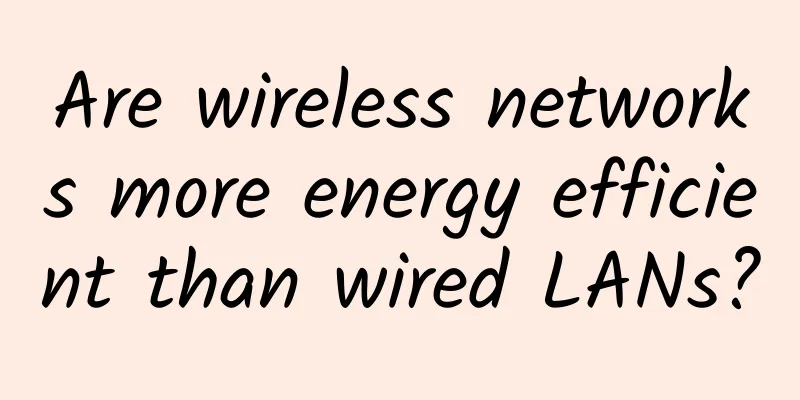5G will be everywhere

|
5G has been hyped as a new key technology for enterprises. Its main features compared to 4G are low latency and high bandwidth. These features are needed for industrial use cases that other technologies cannot handle. There are also many use cases that 4G can manage, but 5G will eventually replace them. This is because in a few years 5G will be everywhere.
There are also some industrial use cases that cannot be achieved using any other technology than 5G. At Stora Enso, we have identified at least three such use cases. The first is remote monitoring using high-density 360-degree cameras. You can improve operational efficiency by monitoring remotely, rather than always sending someone to check what the problem is after an alarm is raised by the automation system. To do this, you need to be able to turn the camera as well as zoom in on details with high resolution. The response of the camera must be instantaneous to maintain a good user experience. The second use case is remote control of autonomous vehicles. Autonomous vehicles operate independently most of the time, but there are situations where you need to take over control from a remote control room. One such situation is loading or unloading a vehicle. When you take over control remotely, you need a sub-second response to guarantee the safe operation of the vehicle. You also need to see what is happening on the vehicle, so here too, the previous high-density 360-degree video feed is needed. We have piloted both of these use cases at Stora Enso. The third use case is indoor positioning. Today, you need to build a separate Bluetooth or ultra-wideband network for positioning. If you can use the same 5G network as for general use cases and other industrial use cases, indoor positioning will become more attractive than before because the whole system is more cost-effective. Accurate indoor positioning isn’t possible yet with 5G, but it’s coming. All of this is great from an industrial use case perspective, but there is one major problem. Today, cellular networks are optimized for consumer use cases, which means that downlink bandwidth takes precedence over uplink. In industrial use cases, you need a wider uplink than downlink, which can cause problems when using 5G. This is something that a single communications service provider cannot change, as all operators need to be in sync, otherwise 5G networks simply won’t work. There are many ways to get started with 5G. If you don't have the special requirements mentioned above and you use 5G like you use 4G, then a public 5G network might be the right choice. If you are implementing these special use cases, a private 5G network is an alternative. A private network is dedicated to you and you control everything in the network. If you are not sure how to operate such a network, 5G network vendors are offering network management services that can operate the network for you. You can also get a private network as a service from a communications service provider instead of buying your own network. 5G also offers the ability to share the network exclusively for users. This is called a virtual private network and it is achieved through so-called network slicing. Virtual private 5G networks are a very interesting alternative to having your own dedicated 5G connection. It can be concluded that 5G will be everywhere and everyone will use it. The technology offers companies attractive capabilities to implement use cases that are not possible with other technologies. There are situations where low latency and high bandwidth are really needed. It is also a good thing for equipment vendors and service providers to offer alternative ways to use 5G so that there will be methods suitable for different purposes. Designs for 6G have already begun, so 5G is not the last new cellular communication technology we will see. |
<<: Will RCS, which Google is pushing so hard, replace SMS? What can it do?
>>: Industrial Ethernet Market Expected to Exceed $350 Billion by 2032
Recommend
UCloud Summer Big Offer: Kuaijie Cloud Server starts from 47 yuan/year, price guaranteed for Double 11
UCloud has recently launched a global cloud servi...
QuantumCore: Australian VPS 1 AUD per month for the first three months, 1G memory/30G NVMe hard drive/1TB monthly traffic
The tribe once shared information about QuantumCo...
Huawei releases Net5.5G full range of solutions to stimulate new growth for operators
[Barcelona, Spain, February 26, 2024] During MW...
ZJI: Hong Kong VDS Superset Series 20% off 450 yuan/month, Platinum 8352Y/16G memory/240G SSD/10M CN2+BGP
ZJI is the original well-known WordPress host Wei...
Yecao Cloud New Year Promotion: Hong Kong VPS special price 40% off annual payment from 88 yuan, Hong Kong dedicated server from 199 yuan/month
Yecao Cloud has launched a 2024 Spring Festival p...
Tian Suning's predictions for the 5G era: more scenarios, more ecosystems, and more risks
From November 7 to 9, the fifth World Internet Co...
Why edge computing is central to the development of the Internet of Things
Many connected devices today are able to take adv...
5G era: Will WiFi disappear from people’s lives?
WiFi has gradually penetrated into our daily live...
Digital Experience Monitoring and Network Observability
It’s clear that in the business world, digital op...
Explore how Gateway API works in Service Mesh
A few days ago, Gateway API announced that it wou...
Experts at the 5G Evolution Summit discussed: How to promote the sustainable development of 5G?
Currently, 5G has been commercialized on a global...
What is Layer 4 and Layer 7 load balancing? What is the difference between them?
In the early days of the website, we generally us...
Why does the wireless router need to be restarted? You will know after reading this
Wireless routers have become an indispensable net...
Think about these three details clearly, and your Internet of Things will be truly implemented!
[51CTO.com original article] The Internet of Thin...
my country's 5G terminal connections exceed 200 million and will conduct 6G vision research
2019 was the first year of 5G commercialization i...









